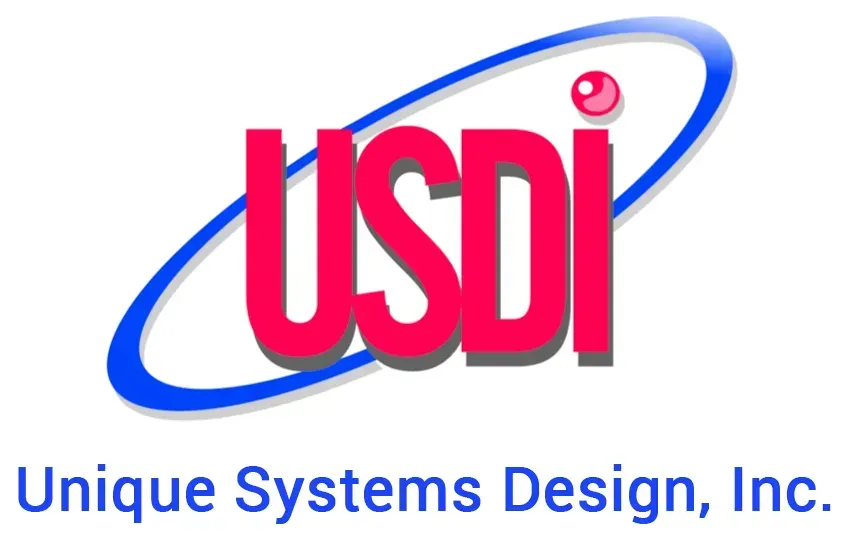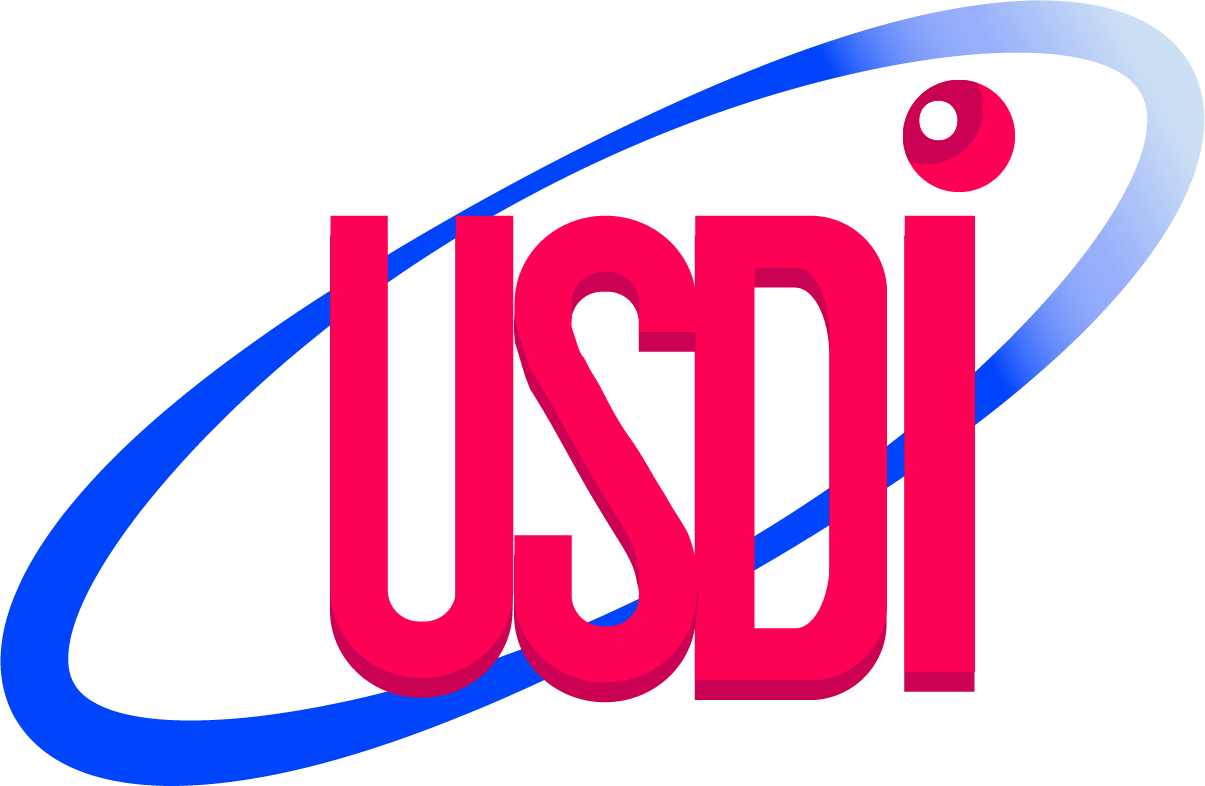UNIQUE PERSPECTIVES

Agile is a term used in software development and project management that allows a company or team of individuals to deliver faster, higher quality results to the end customer. The agile approach has four key differences compared to a traditional approach of developing software for customers. 1. People & Collaboration Driven The Agile process is people and collaboration driven rather than the traditional approach that is process and tool driven. There is collaboration in every step. Engineers on the service-end collaborate within a team, and the engineering team collaborates with the customer during the process. In a traditional approach to software development, there is little involvement from the customer, and engineers utilize tools along with the software itself to get the job done. 2. Customer Involvement An Agile approach involves the customer in every step along the way; starting at project inception to project launch. The traditional approach sticks to the original plan and shows the customer a finished result at the end. When a customer is involved with each step of the project, it leads to a higher level of satisfaction with the end results as their questions and concerns are addressed by the engineers as they arise. 3. Welcomed Changes As customers work with developers using an Agile process, changes along the route are welcomed which leaves little room for error upon completion of the project. The customer has flexibility and control to change their mind mid-process after reviewing requirements before launch. The customer’s vision is ensured by the engineers with each party working closely together and communicating effectively. 4. Tracking Software Software is used to measure success in the Agile approach instead of the rigorous document storing and rewriting used in traditional developments. This provides more time to focus on getting the project done rather than worrying about the documentation. An Example of Agile Software Development in Simple Terms You have a vision for your office to have white paint on the walls. You hire a team of painters get the job done by the end of the week. You realize on the third day after they start painting the walls that your vision is different than the real-time results and would like to change the color. You bring your concern to the painters’ attention before they are finished. They give a recommendation for a new color based on what previous customers have used in the past. Together, you decide on blue, and they begin painting the walls blue instead of white. A traditional response in this situation would be the painters completing the walls with white paint, only showing you the walls upon completion, and offering no changes or alternatives in color no matter your response or feeling about the result. They may start a new project with you for the walls to be painted blue, however, the white walls and blue walls will always be different projects billed separately. Similar to the paint analogy, the agile software development process involves a team collaborating to complete your request, allowing you to see steps in the process, and is flexible and helpful when you want to change paths. Instead of deciding between the colors of paint, it would be different elements of software design that is changed along the route.

There are advantages and disadvantages to having a phone interview. When you meet someone in person, your eyes meet, you shake hands and it really helps provide a foundation of getting to know that person. So, talking on the phone can lack the opportunity to really connect with the other person. In order to overcome that disadvantage, you can leverage the fact that you are on the phone (which has its advantages). Here’s how: Research the Company Just like for an in person interview, the more you understand the company you are interviewing for, the better. Do your research and make sure you understand what the company does, the products and services they offer, and the company’s competitors. That way, if the hiring manager asks you why you want to work there, you will be prepared with a solid answer which includes an accurate description of the organization and how you can help them. Be Ready for Typical Interview Questions Many interviews include the following prompts: ● What can you tell me about yourself? Have a “2-minute elevator pitch” ready that describes your professional self. “I am a software engineer specializing in managing and executing software development from project beginning to end…” ● Why are you interested in this position? Looking for a more challenging role, Job moved off shore, etc. ● Describe a challenging situation and how you resolved it or Give an example of a recent success you have had For any prompt like this, remember the STAR approach which includes Situation or Task, Action you took, and Results you achieved. ● What is your greatest weakness? Describe one that you know is not a job requirement and follow it with what you are doing to improve it. ● What is your greatest strength? Look for one of the Job Description requirements that is one of your strengths. Time spent preparing for these topics will help you be more comfortable the day of the interview. Also remember to carefully listen to the question, answer clearly and concisely, and try to stay on topic Be Honest Remember your interviewer is trying to assess whether or not the opportunity on the table is a good fit for you or not. There are no right or wrong answers. Just answer or explain yourself to the best of your ability. It does not do anyone any good to oversell or undersell your skills. Have 3-5 questions prepared to ask about the job and/or company Again, do your due diligence in researching the job and company first, but then ask questions like the following: · What do you feel are the necessary skills required to do this job? · How would you describe a successful candidate? · What would define an unsuccessful candidate? · What is the most difficult part of this job? · Why is this position open? Be On Time Even though this may seem like a casual phone call, be punctual. Find a quiet, distraction-free spot and be ready a few minutes prior to the scheduled time. Keep your Laptop Handy So far this list of pointers may look a lot like the tips for an in-person interview. This is where the advantage comes in. During an in-person interview it is not usually possible to have your laptop open. On the phone, however, you can and should have it in front of you for referencing your notes from all of the research and preparation you have done. Have all of your notes in nice easy-to-read bullets so you can refer to them as needed. Smile Even on the phone, people can tell if you’re smiling and people are drawn to happy, upbeat, energetic people. It’s difficult to show energy on the phone, so sit up straight, get your professional-self on and smile. Listen Carefully Try your best to be in a distraction-free space for the phone call. Listen to the questions and answer to the best of your ability. Follow Up · Before the interview is over, inquire as to what are the next steps in the process. · Send a follow-up thank you email to everyone involved in the interview. · Put a question in the email which will encourage them to reply.




